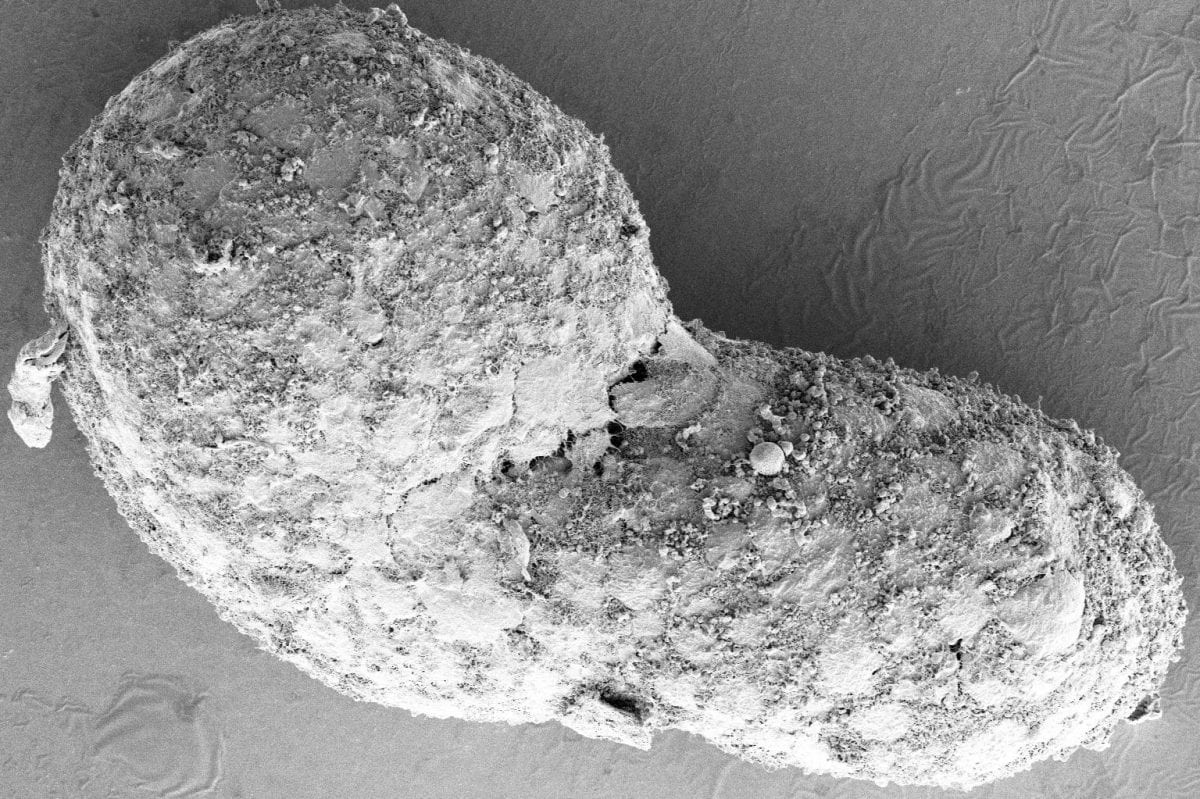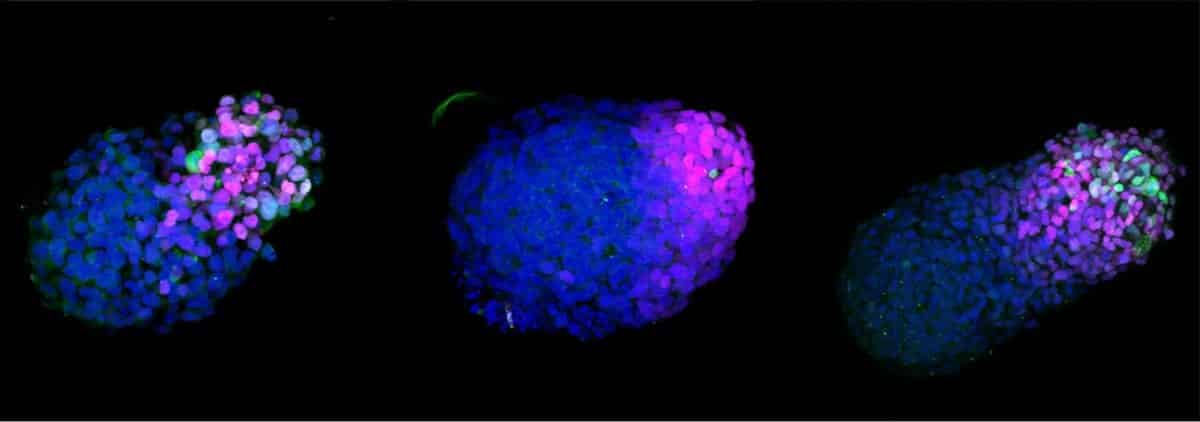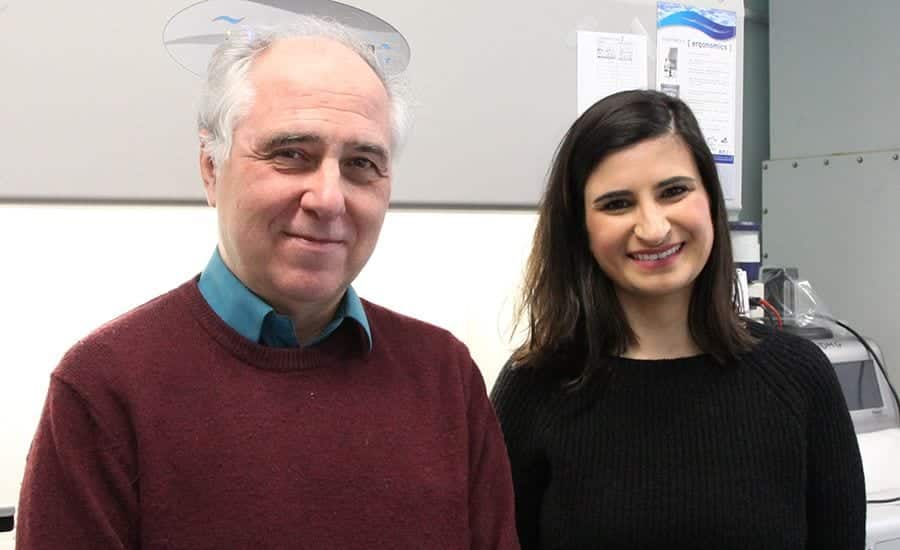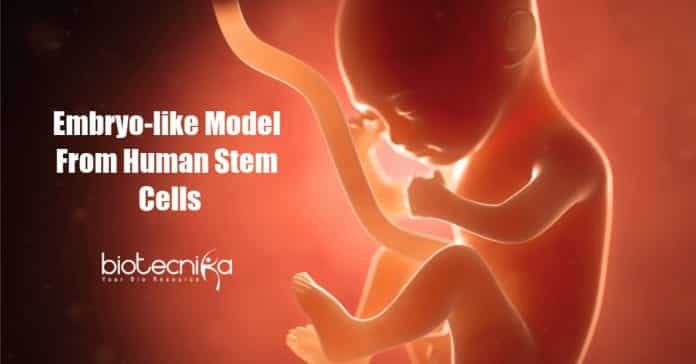Scientists develop embryo-like model from human stem cells
To study the early stage of human development, scientists from the University of Cambridge, in collaboration with the Hubrecht Institute in The Netherlands developed a human embryo-like model using human embryonic stem cells, published in the journal Nature.
The embryo-like model developed resembles some crucial elements of an embryo at around 18-21 days old and also enables the scientists to observe the processes underlying the formation of the human body strategy, which has never ever directly observed till now. Understanding the root causes of human birth defects and diseases, and developing tests for these in pregnant ladies can be helpful by comprehending these processes.

An organism’s body blueprint or plan arises with a process called ‘gastrulation’. 3 unique layers of cells are developed in the embryo during gastrulation, which will later trigger all the body’s major systems: the endoderm makes the gut, mesoderm the muscles, and ectoderm the nervous system.
As legal restrictions prevent
the culture of human embryos in the lab beyond day 14, when the procedure begins, gastrulation is frequently referred to as the ‘black box’ period of human development. The stage where the embryo can no more develop a twin was set as the limit.
Lots of birth abnormalities originate during this ‘black box’ period, with reasons including infections, alcohol, chemicals, and medicines. A better understanding of human gastrulation might likewise clarify lots of clinical issues including genetic disorders, infertility, and miscarriage.
Alfonso Martinez-Arias, Professor, University of Cambridge Department of Genetics, who led the study said, “The model produces part of the human blueprint. The developing processes that until now have been concealed from the research and view is amazing to witness”.
Producing a 3D assembly of cells, known as gastruloids, which differentiate into 3 layers organized in a manner that resembles the early human body blueprint using human embryonic stem cells was described in the study.
Formation of gastruloids
Tight aggregates were formed when specified numbers of human embryonic stem cells were placed in small wells. The gastruloids were seen to extend along the head to the tail axis, called the anteroposterior axis after therapy with chemical signals, activating genes in specific patterns along this axis that show elements of body blueprint of mammalian.
Previously, mice and zebrafish – model organisms have enabled researchers to obtain some insights into human gastrulation. But, when the cells start to differentiate, these models may act in different ways to human embryos. Animals models can respond in different ways to specific medications: for example, thalidomide – the anti-morning sickness drug, passed clinical trials after screening in mice, however, in humans the drug led to serious birth defects. It is essential to establish better models of human development due to this reason.
To turn into a fully-formed embryo by gastruloids is not possible. Brain cells or any of the cells required for implantation are not present gastruloids. This indicates they would never have the ability to progress past the early developmental stages, and as a result, current ethical standards are satisfied.
The scientists found a clear signature of the event that gives rise to essential body structures such as thoracic muscles, bone, and cartilage, but they do not develop mind cells, by looking at which genes were expressed in these human gastruloids at 72 hrs of development.
By comparing them to the Carnegie Collection of Embryology, the scientists judged the equivalent human embryonic age of the gastruloids. The Carnegie Collection of Embryology has a continuum of human embryos, consisting of an initial 8 weeks’ day-by-day growth. Gastruloids partially look like 18-21 day old human embryos, as per the scientists.
Dr. Naomi Moris, University of Cambridge Department of Genetics, the first author of the study said, “This is a widely interesting new model system, which will permit us to expose as well as probe the processes of early human embryonic development in the laboratory for the very first time”.

“This system is a first step in the direction of modeling the emergence of the body blueprint, and also can prove beneficial for researching what happens when things go wrong, such as in birth defects”, said Moris.

The embryo-like model holds a huge capacity to understand the reasons for birth defects and also improves disease modeling.
Author: Sruthi S



























